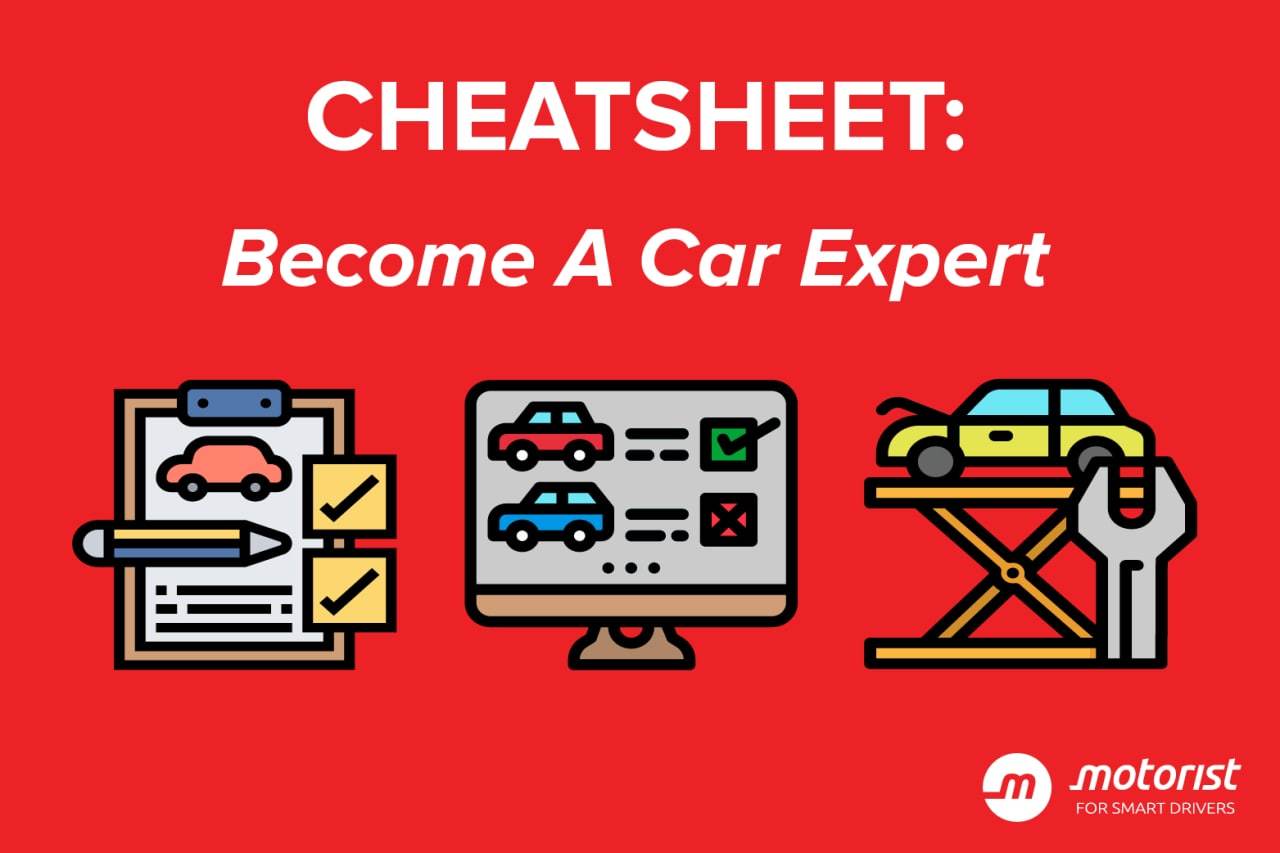Become a Car Expert with this Handy Cheat Sheet
Do you get lost when the conversation switches to cars? Here is a handy cheat sheet that will hopefully give you a basic understanding of the common terminology used by car enthusiasts.
Can't tell the difference between a compressor or cylinder? What about horsepower and torque? If car terminology sounds foreign to you, fret not, as you are about to be schooled.
We have prepared a cheat sheet that should give you a basic understanding of commonly used car terminology.
A
A-Line
 (Photo Credit: Form Trends)
(Photo Credit: Form Trends)
The line that traces over the roof, from the front to the back. It traces the vehicle’s silhouette and forms the vehicle's shape.
ABS
 (Photo Credit: Cars.com)
(Photo Credit: Cars.com)
It stands for Anti-Lock Braking System. It is a safety system that is designed to prevent skidding, especially in wet conditions.
AWD
 (Photo Credit: MotorTech)
(Photo Credit: MotorTech)
All-Wheel Drive. A drivetrain that provides power to all four wheels of the vehicle.
B
Beltline
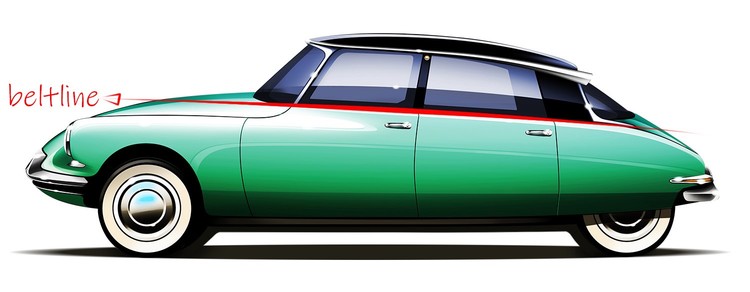 (Photo Credit: UX Collective)
(Photo Credit: UX Collective)
The beltline is a line that can be found extending under the windows from the front and the back of a car.
Brake Fluid
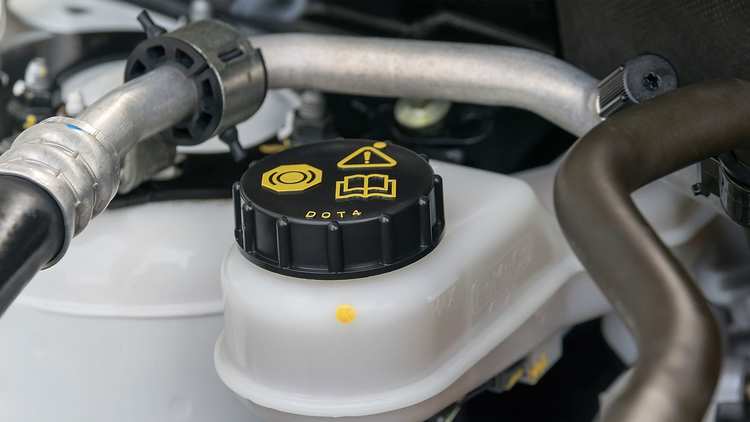 (Photo Credit: Quaker State)
(Photo Credit: Quaker State)
The fluid used in the hydraulic brake system. It is used to transfer force into pressure, and to amplify braking force.
Brightwork
These are functional or aesthetic reflective additions to a car.
C
Character Line
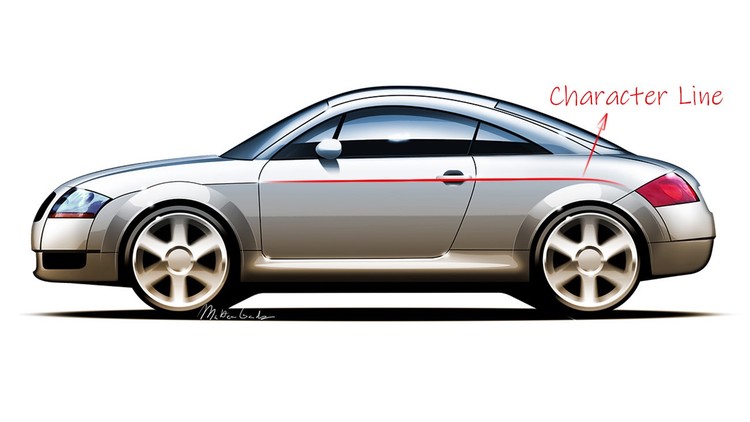 (Photo Credit: UX Collective)
(Photo Credit: UX Collective)
A strip around the vehicle that gives a car its distinctive and notable appearance.
Cladding
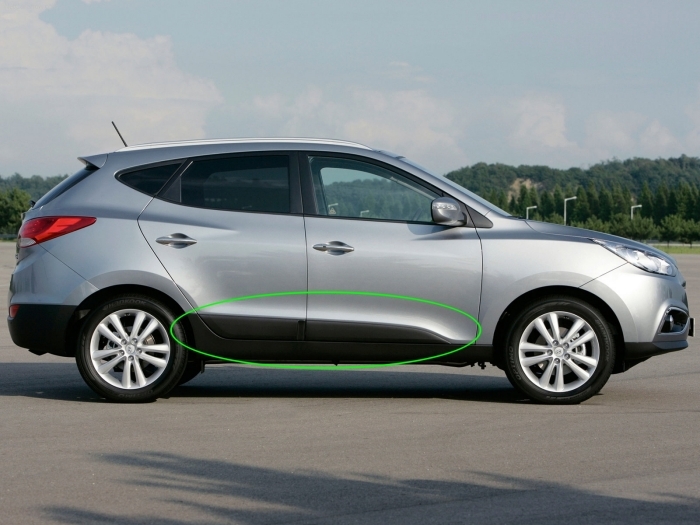 (Photo Credit: Aladdin)
(Photo Credit: Aladdin)
These are panels around the car edges that can be aesthetic or functional.
Combustion Chamber
 (Photo Credit: Cars24)
(Photo Credit: Cars24)
The area at the top of the engine cylinders where fuel is introduced to be ignited (petrol) or compressed (diesel).
Compressor
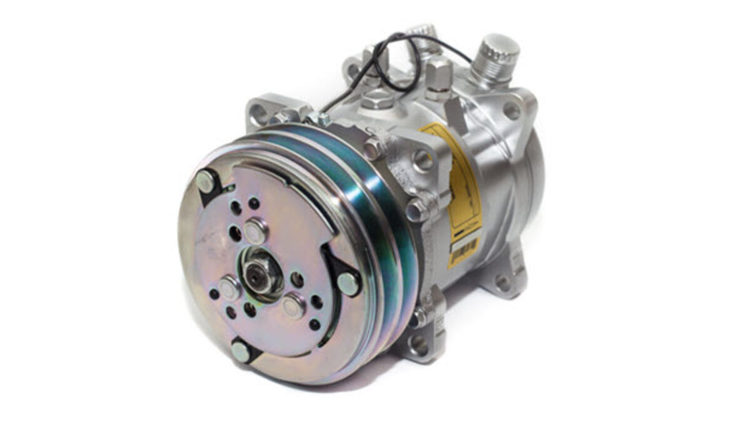 (Photo Credit: Ultimate Bimmer Service)
(Photo Credit: Ultimate Bimmer Service)
A compressor system improves an engine's power by forcing air into the combustion chamber at more significant pressure.
Cylinder
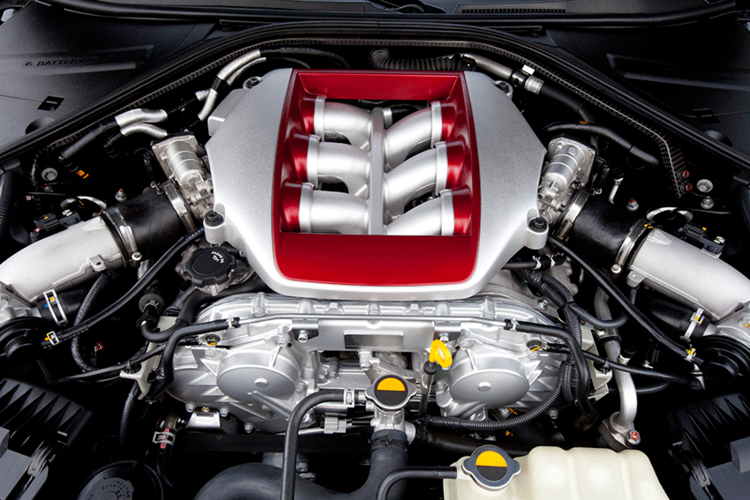 (Photo Credit: Arnold Clark)
(Photo Credit: Arnold Clark)
One of a group of chambers in the engine where the combustion process takes place. Most configurations are set in either 4, 6 or 8 cylinders.
D
Disc Brakes
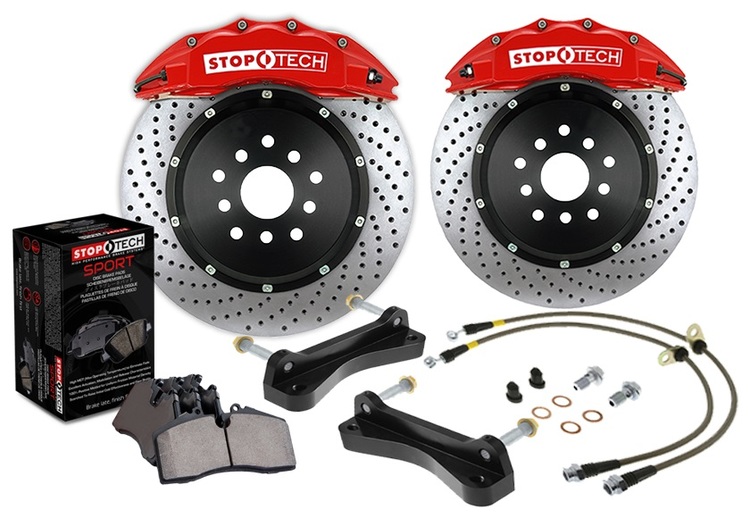 (Photo Credit: WCT Performance Canada)
(Photo Credit: WCT Performance Canada)
A disc brake is a type of brake that uses callipers to squeeze pairs of pads against a disc or a "rotor" to create friction.
Drivetrain
 (Photo Credit: X-Engineer.org)
(Photo Credit: X-Engineer.org)
A drivetrain includes components of a vehicle that create power and transmit that power to the wheels, excluding the engine or motor.
E
Electronic Stability Control
 (Photo Credit: AutoBuzz.my)
(Photo Credit: AutoBuzz.my)
A type of safety feature that detects skids and adjusts braking pressure to maintain the direction of the vehicle.
Exhaust Drum Brakes
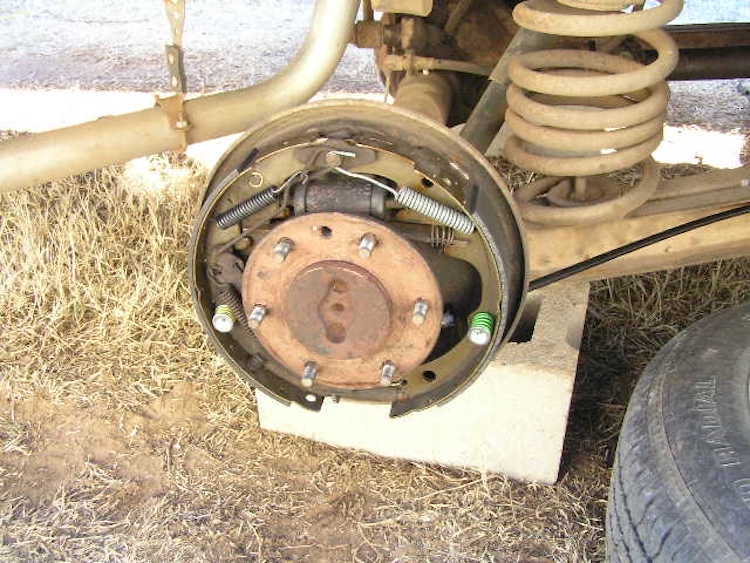 (Photo Credit: Wikipedia)
(Photo Credit: Wikipedia)
It is a braking system that uses a metal drum. Brake shoes press against the drum to slow or stop the car.
Engine Management System
 (Photo Credit: Car Engineer)
(Photo Credit: Car Engineer)
It is a highly sophisticated computer which monitors the condition of the engine at all times.
Exhaust
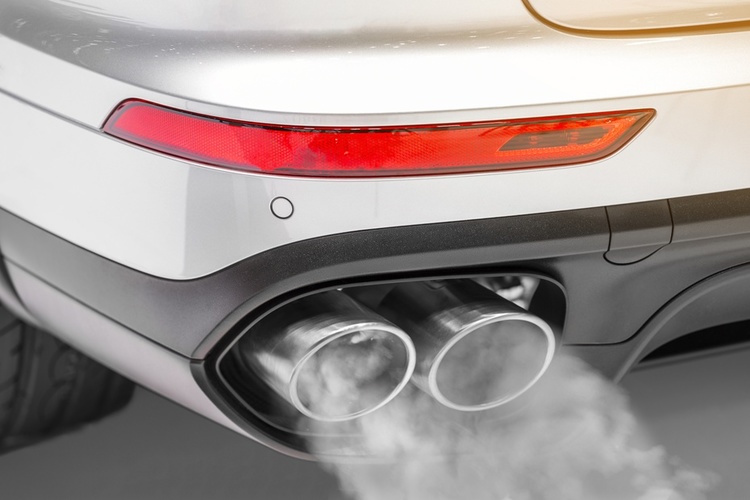 (Photo Credit: Elk River Tire and Auto)
(Photo Credit: Elk River Tire and Auto)
The pipe through which waste gas from the combustion process are removed from the engine and car.
F
Front-Wheel Drive
A drivetrain that provides power to the front wheels by driveshafts.
Fuel Injection System
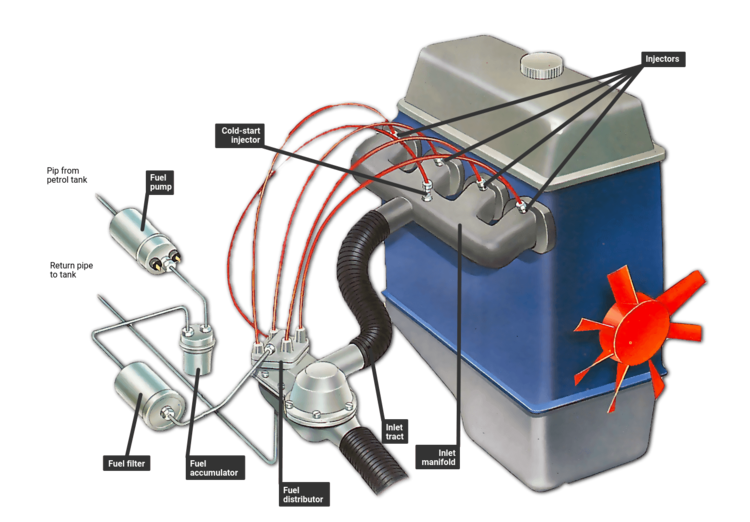 (Photo Credit: How a car works)
(Photo Credit: How a car works)
The fuel injection system delivers fuel into the engine cylinders while controlling the injection timing, fuel atomization, and other parameters.
G
Gearbox
 (Photo Credit: Torque.sg)
(Photo Credit: Torque.sg)
A gearbox transmits the power of the engine to the wheels. It acts to transmit different levels of power.
Glow Plugs
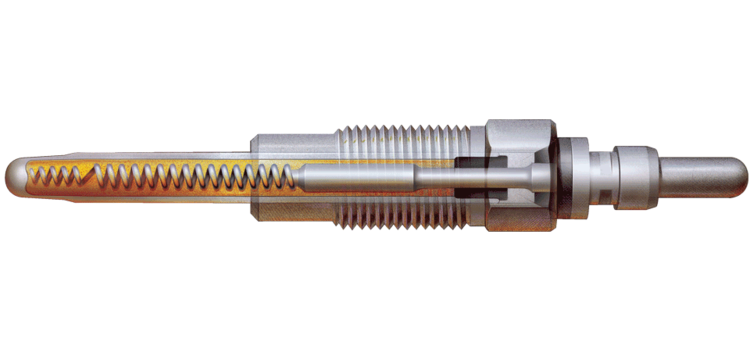 (Photo Credit: Bosch Auto Parts)
(Photo Credit: Bosch Auto Parts)
Glow plugs are used in diesel engines to heat the combustion chamber so that the diesel compresses and expands rapidly.
Grille
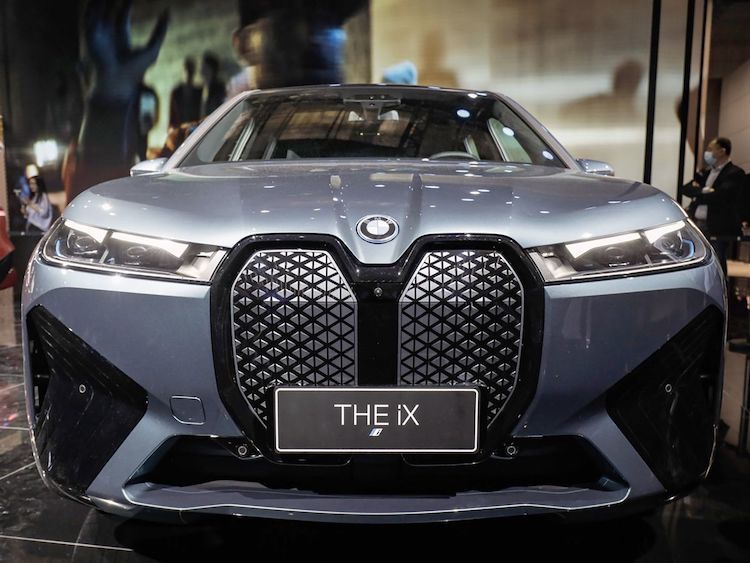 (Photo Credit: Bloomberg)
(Photo Credit: Bloomberg)
The grille is the opening on the body of a vehicle that allows air to enter or exit. It also serves as an aesthetic element to the car.
H
Hip Point
 (Photo Credit: Wikipedia)
(Photo Credit: Wikipedia)
It is the distance between the pivot point of a person's hips, the vehicle floor, and the ground.
Horsepower
 (Photo Credit: The Motley Crew)
(Photo Credit: The Motley Crew)
The standard unit of engine power. One horsepower equates to 550 foot-pounds per second.
Hybrid Engine
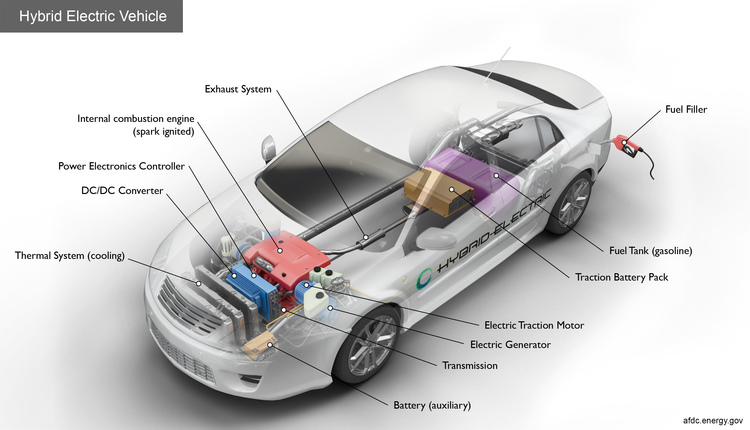 (Photo Credit: afdc.energy.gov)
(Photo Credit: afdc.energy.gov)
A type of engine with a battery-operated electric motor and an internal combustion engine. These engines can operate jointly or alternately.
I
Intake Charge
 (Photo Credit: DSPORT Magazine)
(Photo Credit: DSPORT Magazine)
The mixture of fuel and air that combusts in the engine to create power.
L
Leaf Spring
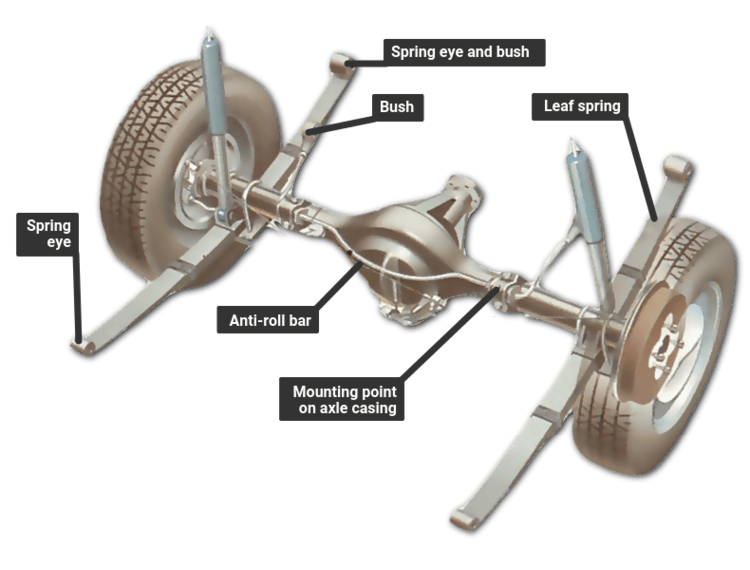 (Photo Credit: How a Car Works)
(Photo Credit: How a Car Works)
A suspension made from thin, curved steel. The curved shape increases the absorption of bumps.
Live Axle
 (Photo Credit: DriveTribe)
(Photo Credit: DriveTribe)
A live axle is a type of beam axle in which the shaft also transmits power to the wheels.
O
Overhang
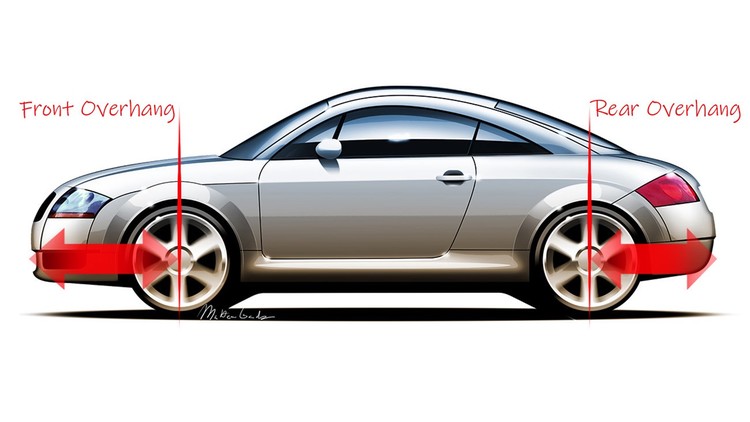 (Photo Credit: UX Collective)
(Photo Credit: UX Collective)
Overhangs are the lengths of a car that extend beyond the wheelbase at the front and rear.
Oversteer
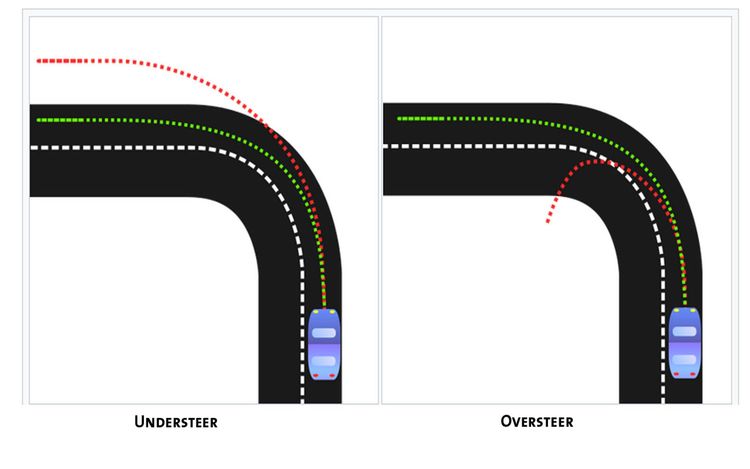 (Photo Credit: Autoweek)
(Photo Credit: Autoweek)
Oversteer occurs when a car turns by more than the amount commanded by the driver.
P
Pillar
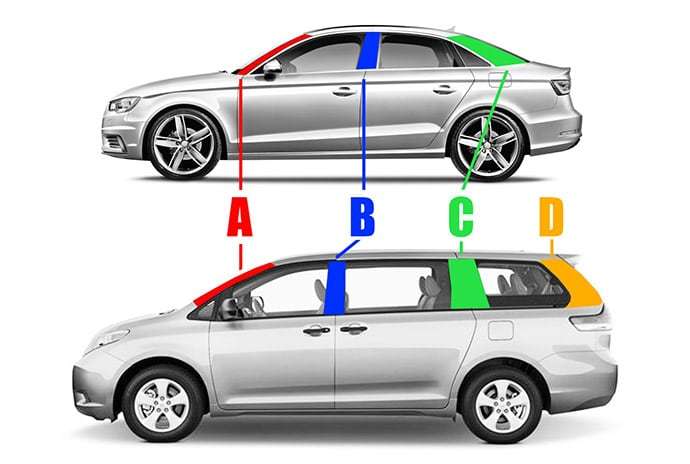 (Photo Credit: Edmunds)
(Photo Credit: Edmunds)
Pillars are structures that connect the roof of the vehicle to the body.
Pinion
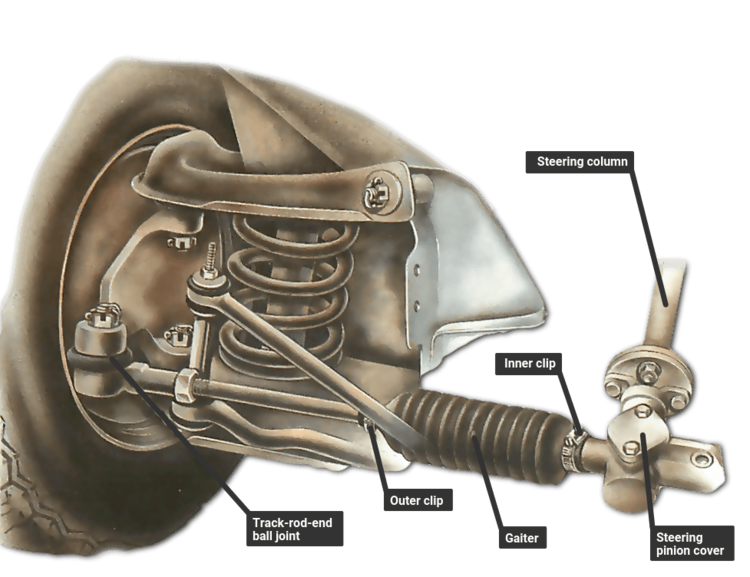 (Photo Credit: How a Car Works)
(Photo Credit: How a Car Works)
A type of gear with small teeth that mesh with other larger gears.
Powertrain
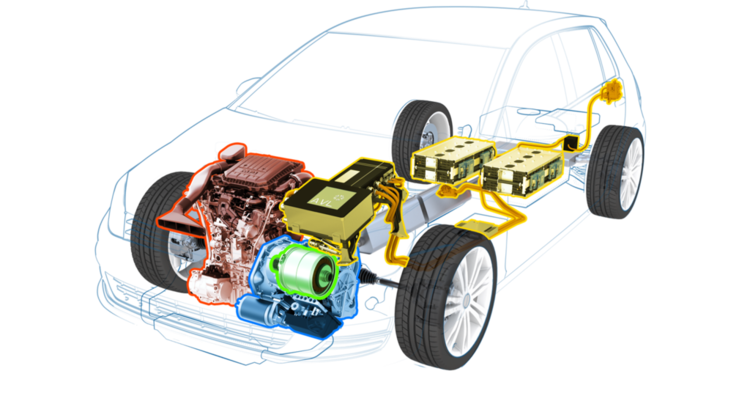 (Photo Credit: AVL)
(Photo Credit: AVL)
The powertrain includes both the engine and/or motor(s), as well as the drivetrain.
R
Rear-Wheel Drive
A drivetrain that transmits power to the rear wheels only. The front wheels are used for steering.
Revs
An Engine Revolution (rev) occurs every time the pistons in the car travels up and down the cylinders. The more the revs, the more power.
RPM
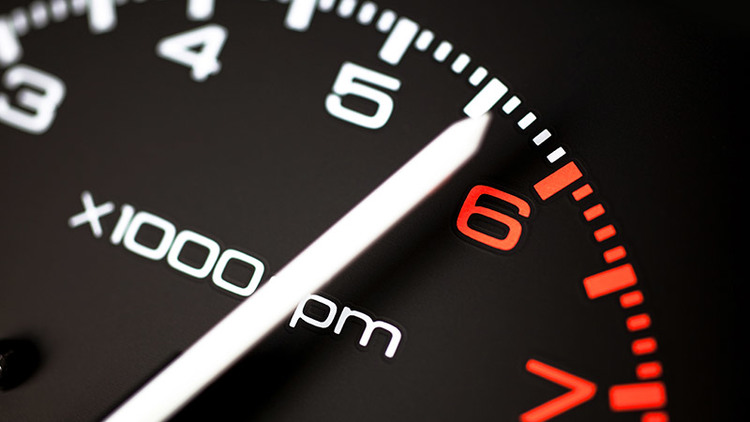 (Photo Credit: AutoGuru)
(Photo Credit: AutoGuru)
Revs per minute. The revolution of an engine per minute.
Rubbing Strip
Protective strips moulded to fit around the door.
S
Scoop
 (Photo Credit: Wikipedia)
(Photo Credit: Wikipedia)
These vents protrude from the vehicle and allow cooling.
Sill
Any extensions to the body of the vehicle.
Spark Ignition (SI) Engine
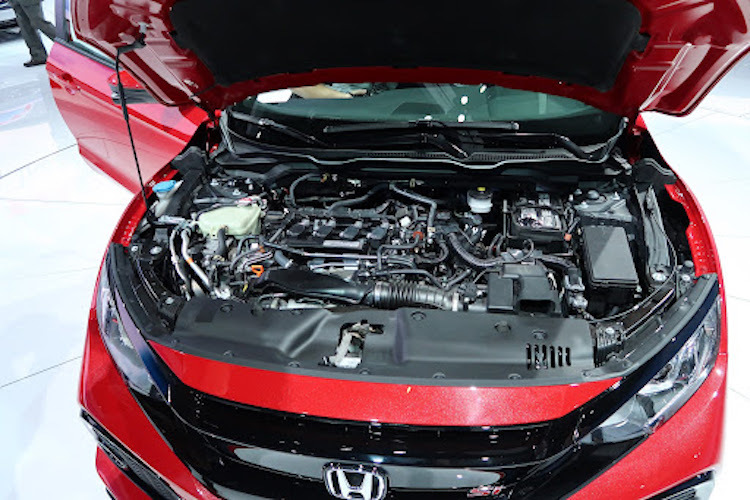 (Photo Credit: YouWheel)
(Photo Credit: YouWheel)
A spark-ignition engine is an internal combustion engine, generally a petrol engine, where the combustion process of the air-fuel mixture is ignited by a spark from a spark plug.
Spark Plugs
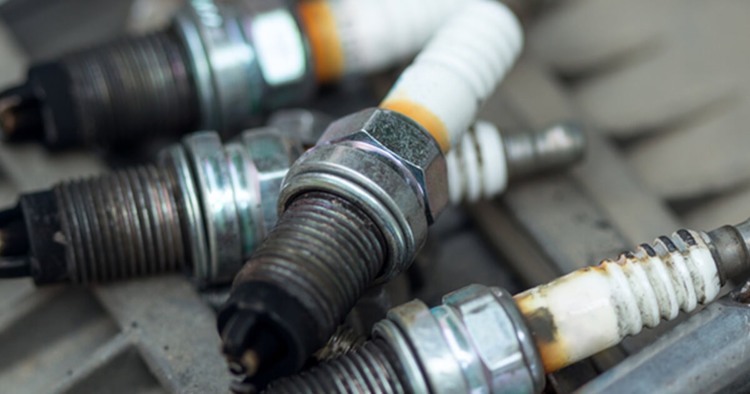 (Photo Credit: Mobil)
(Photo Credit: Mobil)
Spark plugs are used in petrol engines to ignite the petrol and air mixture to make the engine produce power.
Spoiler
 (Photo Credit: CARS.com)
(Photo Credit: CARS.com)
A spoiler is an aerodynamic device designed to 'spoil' unfavourable air movements (aka drag) as the car travels.
Stroke
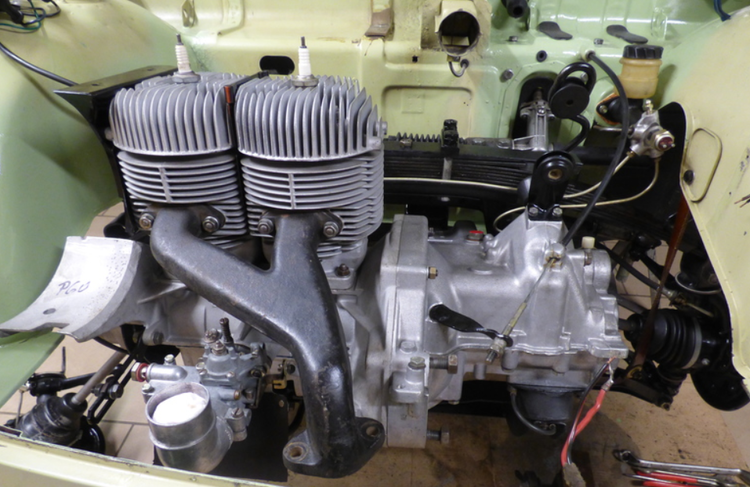 (Photo Credit: CarSifu)
(Photo Credit: CarSifu)
It is the distance between the extremes of the pistons’ movement as the engine revs.
Supercharger
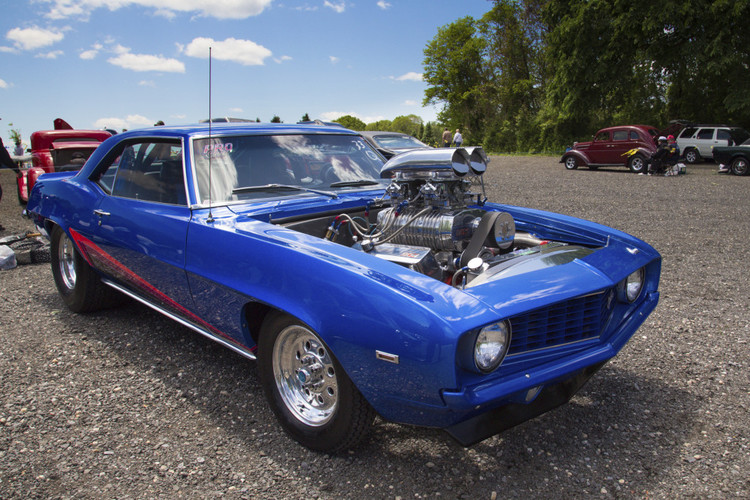 (Photo Credit: Automotive Training Centre)
(Photo Credit: Automotive Training Centre)
An air compressor that increases power by forcing more air into an engine than it can inhale on its own.
Suspension System
 (Photo Credit: newkidscar)
(Photo Credit: newkidscar)
A suspension system helps to absorb shock from the road while keeping the car in control.
T
Torque
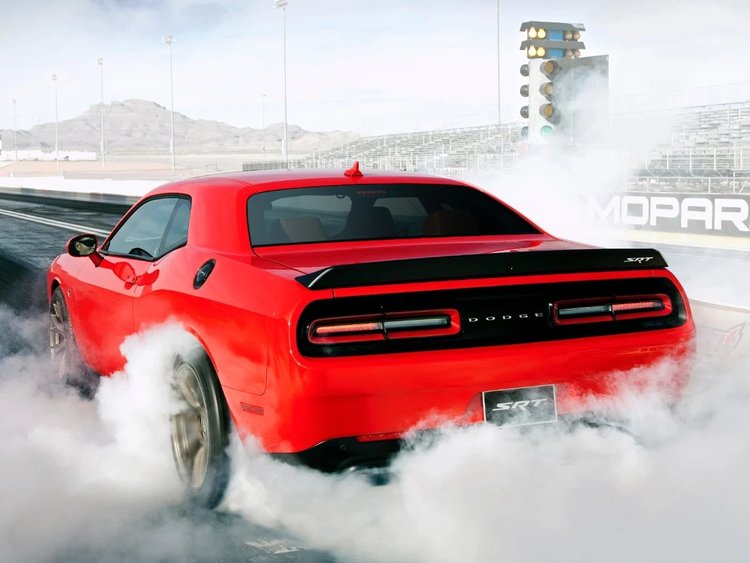 (Photo Credit: JDPower)
(Photo Credit: JDPower)
A measurement of the force that the engine turns the wheels of the car. The greater the torque, the faster the car.
Track
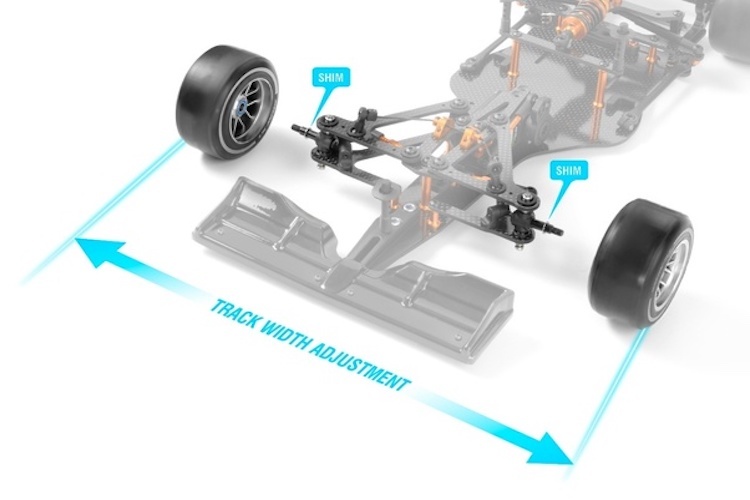 (Photo Credit: Quora)
(Photo Credit: Quora)
Track is the distance measured side-to-side between the base of the wheels.
Transmission
 (Photo Credit: newkidscar)
(Photo Credit: newkidscar)
A gearbox with a number of selectable ratios. It is used to match the engine's RPM and torque to differing vehicle requirements. There are two commonly known transmissions - automatic and manual.
Turbo
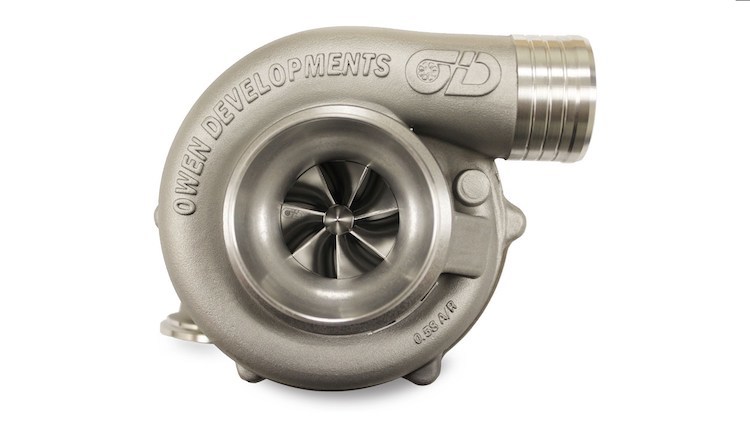 (Photo Credit: CAR Magazine)
(Photo Credit: CAR Magazine)
A device that uses exhaust gas to drive a turbine, forcing more air into the combustion chamber.
Turn-In
The moment of transition between driving straight ahead and cornering.
U
Underbody
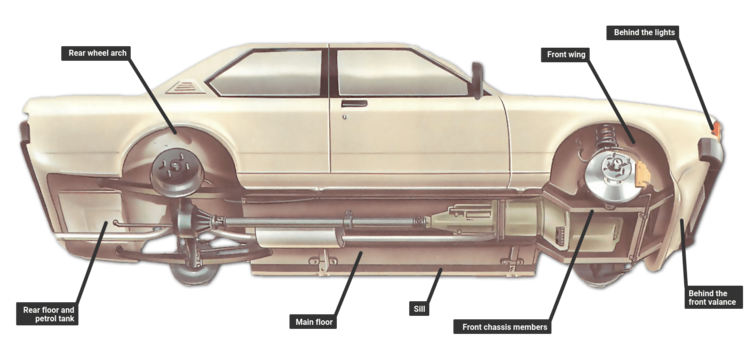 (Photo Credit: How a Car Works)
(Photo Credit: How a Car Works)
A segment of the vehicle that is not viewable from above and is exposed to the road.
Understeer
Understeer occurs when a car steers less than the amount commanded by the driver.
V
V-Type Engines
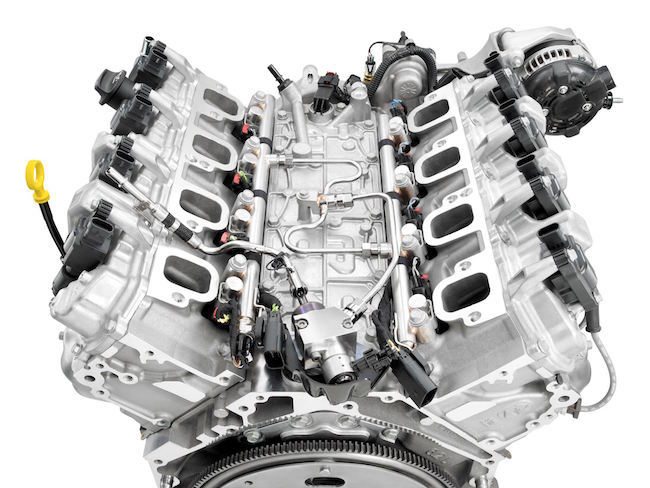 (Photo Credit: RankRed)
(Photo Credit: RankRed)
An engine with cylinders that are divided into two angled banks, forming a 'V'.
W
Wheelbase
 (Photo Credit: CarSpiritPK)
(Photo Credit: CarSpiritPK)
The distance between the centre of the front wheels to the centre of the rear wheels.
Wheel Well
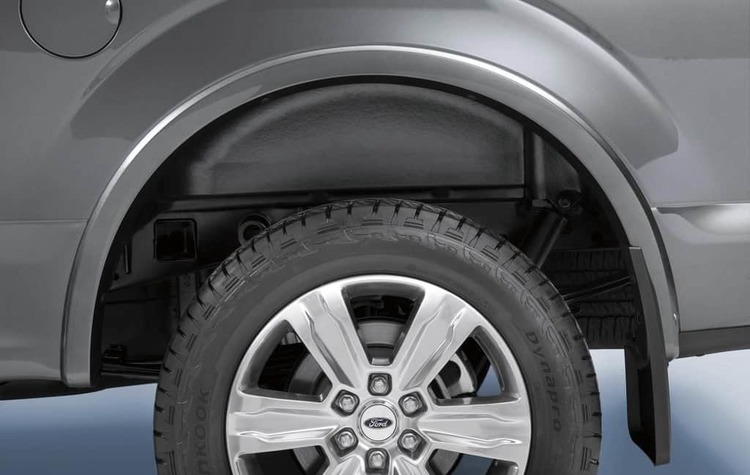 (Photo Credit: EDSC)
(Photo Credit: EDSC)
The wheel sits in the wheel well under the body of the car.
Did we miss any important terms? Let us know in the comments below!
Super App for
Vehicle Owners
Read More: Car Insurance: What to Do If The Other Party Does Not File an Accident Report
Download the new Motorist App now. Designed by drivers for drivers, this all-in-one app lets you receive the latest traffic updates, gives you access to live traffic cameras, and helps you manage LTA and vehicle matters.
Did you know we have a Motorist Telegram Channel? Created exclusively for drivers and car owners in Singapore, you can get instant info about our latest promotions, articles, tips & hacks, or simply chat with the Motorist Team and fellow drivers.
